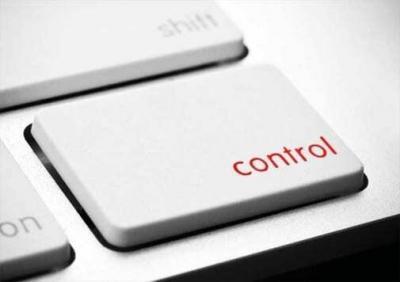ISO 13485 Design Control is considered as the Bible for Medical Device industries as it explains comprehensively the ideal management system for the design and manufacture of medical devices, also known as MDQMS (Medical Devices Quality Management System).
Compliance to ISO 13485 enables any medical business to fulfill all the legal requirements of regulatory bodies. To be ISO 13485 certified, one must have high competencies levels to satisfy mandatory requirements and expectations of high-quality medical devices’ provider for end consumers.
Another positive aspect of ISO 13485 is that it is fully integrated with ISO 9001 that assists in a great way to be able to comply the USA FDA and EU CE authorities leading to a stronger brand image.
Brief Intro of ISO 13485 Design Control MD-QMS
As mentioned earlier that ISO 13485 Design Control clearly specifies the QMS for medical industries and fully demonstrates the ability to provide medical devices with flawless quality outcomes capable to satisfy consumers’ needs whether the medical device industry is related to any one of the operations like design and development, production, storage of the raw material or final product, distribution, erecting installation or periodic services of a medical device in the form of remote technical assistance or regular visits to provide hands-on technical support.
Moreover, ISO 13485 can be used by suppliers, third parties that include QMS specifically for medical device industries.
ISO 13485 Design Control in terms of ISO 13485
ISO 13485 Clause 8.3 provides a full package of guidelines right from the start of designing a medical product from scratch. The mandatory requirements of design and development in the light of ISO 13485 are:
-
Documentation of Each Design and Development Phase
it is of vital importance that each stage of design and development of new product must be documented, recorded and monitored in detail which means the whole process how the product has been developed, any relevant trials if conducted and defined responsibilities of each phase of every team member needs to be documented in detail along with the approval of all stakeholders.
-
Planning
Detailed planning of design and development can prevent unnecessary delays. In the initial step of the plan, it is must identify goals and objectives of products’ design and development with a breakdown of significant activities having milestones at the end of every event being defined and documented on project management simulation.
Proper budget allocation with resources’ allocation must be done in the presence and with the agreement of relevant stakeholders of the business. It is essential not to forget the periodic review of the project of design and development so that if one department needs support so that it can be provided timely before delaying the project deadline.
-
ISO 13485 Design Control Inputs
The design input is the most crucial step, as the whole outcome is dependent on the quality of information. The design input should include:
- Top requirements and reasons for developing the product
- The demands or needs from the end user
- Physical features (tangible and intangible)
- Feasibility of manufacturing
- Safety factors and Ergonomics study
- Risk control and Risk analysis
- Servicing needs depending on the importance of the product
- Costing feasibility
-
Design Outputs
The outputs of design and development can be done in the following forms:
- Inventory of raw materials, spare parts or sub-assemblies
- Manufacturing process specifications
- Environmental assessment and specifications
- Identification, traceability, manufacturing, packaging, inspection, and distribution of the product
- Submitted documents for regulatory authorities
- History records of designs and trials if conducted on a pilot scale or plant scale and their outcomes
- Product Validation
-
Design Review
It is not the end of the game when the design has been made. It is essential to review the plan from time to time basis as the market is continuously evolving, and there is a constant need to make products better and better to stay up in the competition. Plus one must review the design to satisfy safety concerns if they get arise over time. Design review must be in a documented form.
-
Design Verification
It is critical to verify the design of the product once been made so that it is ensured that the product is fully capable of meeting the requirements of the purpose due to which it was designed.
-
Product Transfer from R&D Scale to Plant Manufacturing Scale
The product transfer step is a documented process in which the product which has been designed on lab scale to be handed over to plant production people by explaining all the problems that were encountered by lab people and what will be the challenges that production people have to confront during large scale product manufacturing.
-
Change Management of New Product
Once the review is done after the first production run of the plant, and there is a possibility that the manufacturing team might come up with few suggestions to alter product design keeping plant constraints in consideration. Product design may need to be drawn again on drawing board, and changes will occur, but those changing must have to manage completely and documented with the approval of all stakeholders after agreement and alignment.
Advantages of ISO 13485 Design Control Effective Process
In ISO 13485 Design Control, specific requirements are mentioned for new product design and the development process. Tis makes new products more reliable and safer for the end consumer to consume. However, periodic reviews will strengthen product attributes to the best level possible by minimizing design flaws and defects. This results in higher quality products.
Design control guidelines provided in ISO 13485 plays a significant role in the medical device industry which is more sensitive to the end consumer as patients in hospitals and medical devices must be able to add value in the health and wellness of people all over the globe without compromising in quality capable of satisfying regulatory requirements too all in one.


Recent Comments